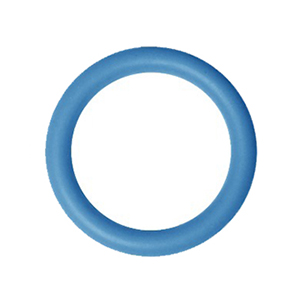-
×
Avidyne AMX240 1 × $2,455
-
×
Avidyne SkyTrax200 1 × $2,814
-
×
Avidyne AXP340 1 × $2,822
-
×
Avidyne AXP322 1 × $2,822
-
×
Appareo Stratus ESG 1 ×
$3,395$3,095
You save: $300
Subtotal: $14,008
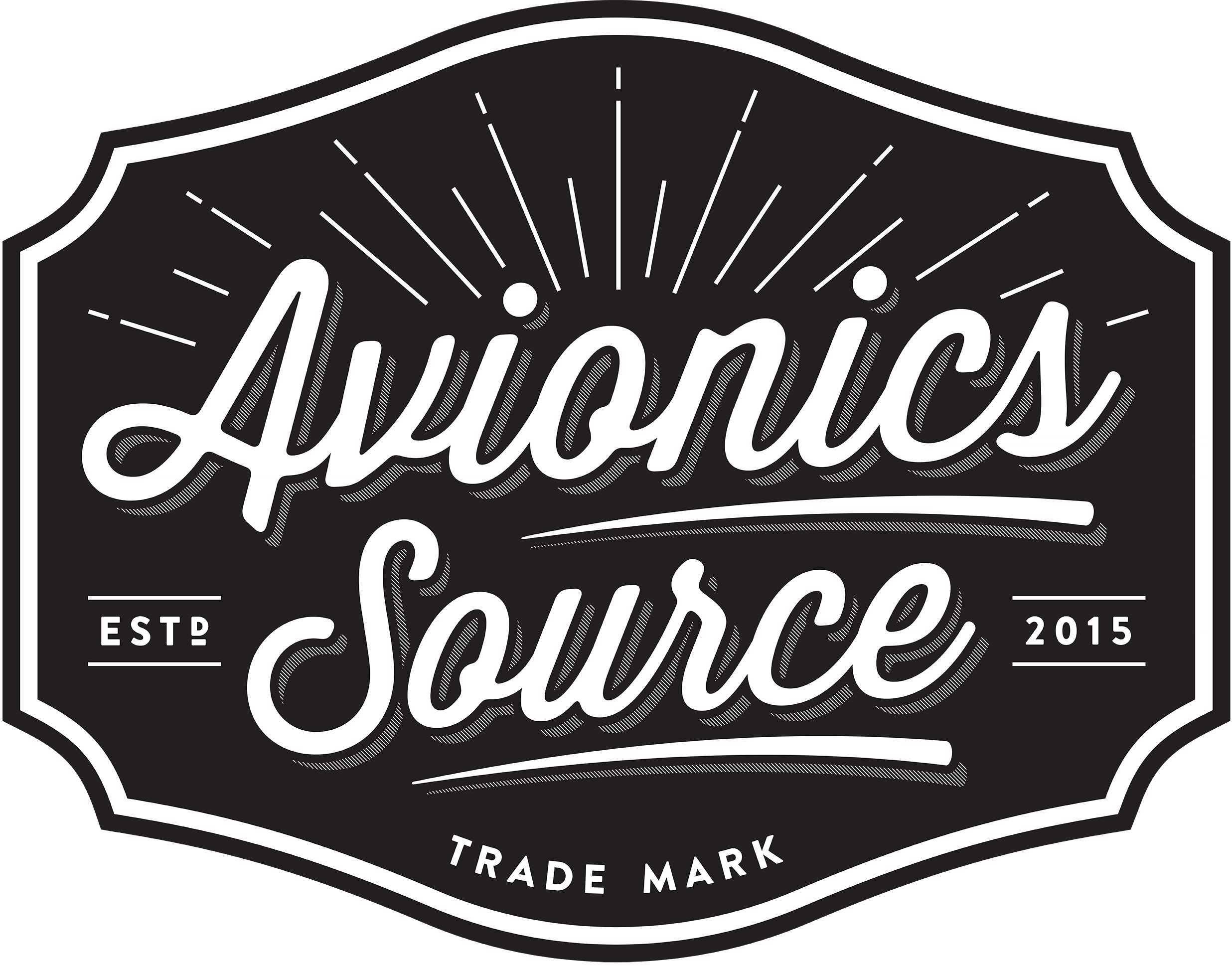
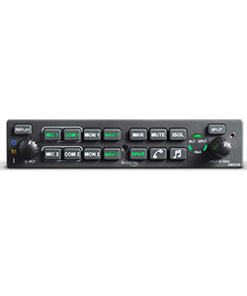 Avidyne AMX240
Avidyne AMX240 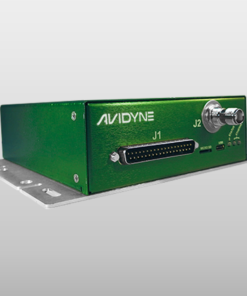 Avidyne SkyTrax200
Avidyne SkyTrax200  Avidyne AXP340
Avidyne AXP340 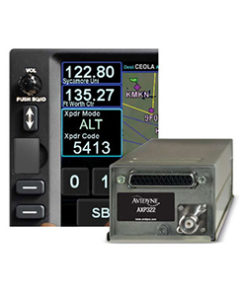 Avidyne AXP322
Avidyne AXP322 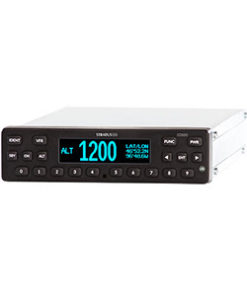 Appareo Stratus ESG
Appareo Stratus ESG 